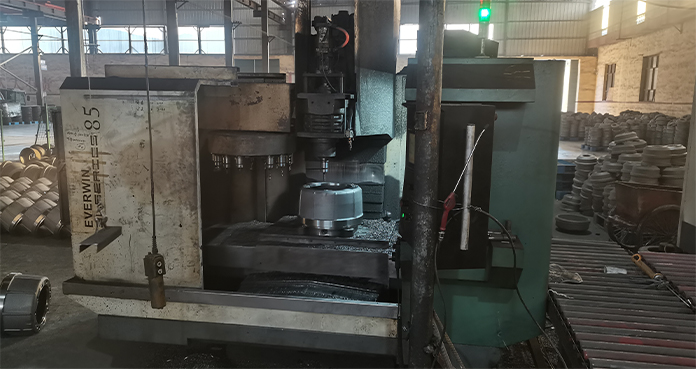aug . 08, 2024 08:50 Back to list
Identifying Common Issues Associated with Brake Drums and Their Effects on Vehicle Performance
Brake Drums Understanding Common Issues and Misconceptions
Brake systems are arguably one of the most critical components of vehicle safety. Among the various types of braking mechanisms, brake drums play a significant role, particularly in older vehicles and some modern designs. To ensure optimal performance and safety, it is essential to understand the common issues associated with brake drums, as well as recognizing which problems do not pertain to them.
Understanding Brake Drums
Brake drums are part of the drum braking system, where friction is created between brake shoes that press against the inner surface of the drum. This mechanism is prevalent in the rear wheels of many vehicles, providing reliable stopping power. Over time, however, brake drums can encounter various issues that can affect their performance.
Common Problems with Brake Drums
1. Warping Overheating during heavy braking can cause the brake drum to warp. When this occurs, it can lead to uneven wear and a reduction in braking efficiency. Symptoms of a warped drum include pulsating brakes and a decrease in stopping power.
2. Cracks Brake drums are subject to significant stress, and excessive heat combined with rapid cooling can lead to cracking. A cracked drum is a severe safety issue, as it can fail during operation, compromising the vehicle's ability to stop effectively.
3. Excessive Wear Over time, the friction material on the brake shoes can wear down the drum's inner surface. If the drum becomes too worn, it can reduce braking performance and increase stopping distances. Regular inspections can help identify wear before it becomes a serious problem.
which of these is not a problem with brake drums

4. Corrosion Brake drums are often made of cast iron, which is susceptible to corrosion when moisture and road salt are present. Corrosion can reduce the drum's effective braking surface and lead to brake failure if not monitored and addressed.
5. Out-of-Round Condition A brake drum can also lose its form due to prolonged use. An out-of-round drum means that the inner surface is not perfectly circular, resulting in uneven contact with the brake shoes. This condition can lead to vibrations and inefficient braking.
Problems Not Associated with Brake Drums
While it is crucial to understand the issues that can arise with brake drums, it's equally important to distinguish what is not a typical problem for these components. For instance, one common misconception is that brake drums can fail due to a lack of proper brake fluid. However, brake drums do not depend on brake fluid in the same way that disc brakes do. Brake fluid is vital in hydraulic disc systems for transferring force from the pedal to the calipers, but in drum systems, the action of the brake shoes pressing against the drum is mechanical and does not require fluid to function effectively.
Another issue often misattributed to brake drums is noise due to squeaking or grinding, which is frequently more related to the brake pads or shoes rather than the drum itself. While an improperly installed or worn-out drum can contribute to noise, it is typically the brake linings or associated hardware that are the primary culprits.
Conclusion
Understanding brake drums and their potential problems is crucial for vehicle safety and maintenance. Recognizing issues like warping, cracking, excessive wear, corrosion, and out-of-round conditions can help in timely repairs and replacements. However, it's equally important to clarify misconceptions, such as the association of brake fluid issues and noise to brake drum functionality. Regular inspections and a comprehensive understanding of your vehicle's brake system will help ensure safe driving and prolong the lifespan of your braking components. Always consult with a qualified mechanic if you're unsure about the condition of your brake drums or their related systems.
-
FUWA: Premium Quality, Reliable Performance & Innovative Solutions
NewsAug.25,2025
-
Liza Brake Drum: Superior Quality & Performance for Safe Driving
NewsAug.24,2025
-
Iveco Brake Drum | Premium OE Quality for Daily & Eurocargo
NewsAug.22,2025
-
Your Brake Drum Man: Quality & Performance Parts
NewsAug.21,2025
-
Explore Japan: Ultimate Travel Guide & Authentic Experiences
NewsAug.19,2025
-
Your Brake Drum Man: Premium & Reliable Brake Drums for Sale
NewsAug.18,2025
